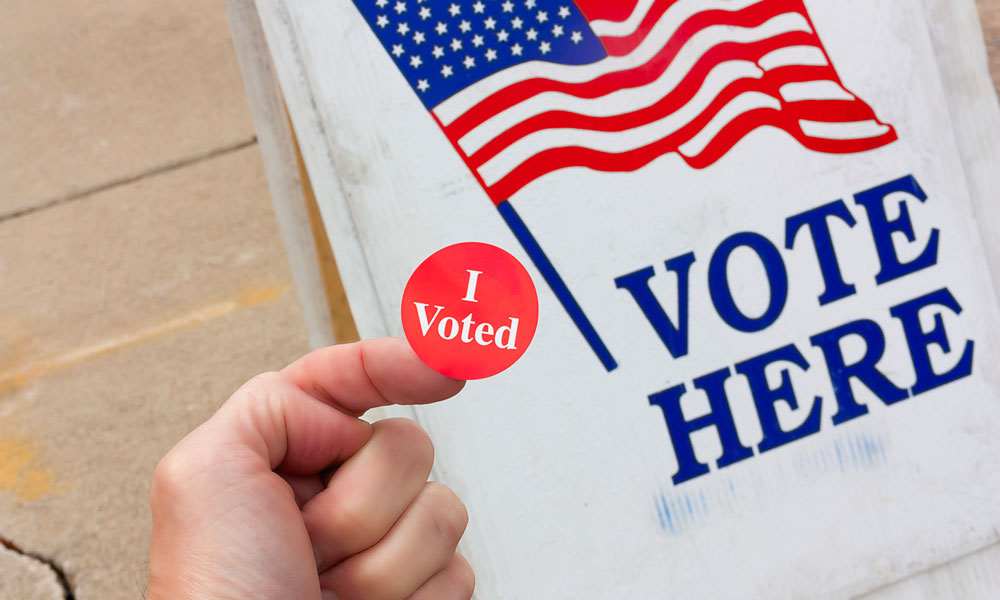
How Nonprofits Rocked the Vote in 2014
According to a new study, nonprofit community organizations played a significant role in boosting voter turnout in the 2014 midterm elections, especially among minority and low-income Americans.
When it comes to getting out the vote, nonprofits are no joke.
A new report from Nonprofit Vote, an organization that assists nonprofits in voter campaigns, shows that local nonprofits in particular have a significant impact on voter turnout on election day. And the voters they mobilize tend to be people that political campaigns have failed to prioritize.
More than half the voters nonprofits engaged were identified, prior to the election, as ‘low propensity’ voters.
“More than half the voters nonprofits engaged were identified, prior to the election, as ‘low propensity’ voters, i.e., voters not expected to vote in the 2014 midterm,” according to the report, titled “Engaging New Voters: The Impact of Nonprofit Voter Outreach on Client and Community Turnout.”
Among the report’s highlights:
Voter pledge cards work. The study found that among registered voters encouraged to sign cards pledging that they would vote, average turnout was 59 percent—11 percent higher than all registered voters. Many of those who pledged to vote were otherwise unlikely to have voted in a midterm election.
Contact boosts demographic reach. The study showed that Latino voters contacted by nonprofits were 15 percent more likely to vote than those who weren’t, blacks were 31 percent more likely, and Asian Americans were 46 percent more likely. People with household incomes below $25,000 were 31 percent more likely to vote than those who weren’t contacted, and people under age 30 were 28 percent more likely to turn out.
Tactics matter. The tactics used in the field often defined how well the get-out-the-vote campaign worked. Nonprofits that set goals for employees, had motivated staffs, were actively working tables at events, and had registered their own volunteers and staff to vote had the best luck. “In the same vein, a lack of broad buy-in among all levels of staff was cited by less successful organizations as the most common challenge,” the study added.
The study analyzed the work of 129 voter-engagement nonprofits in nine states during the 2014 election season. It found noted that nonprofits did particularly well reaching Latino, low-income, and black voters, as well as those under age 30. “Nonprofit voters,” as the study calls them, were far more likely to be within these specific demographics than traditional voters. Nonprofit Vote cites the local character of organizations focused on getting out the vote as a key factor in touching nontraditional demographics.
“Nonprofits are trusted messengers with deep roots in communities overlooked by others. This makes them uniquely positioned to play an important role in increasing voter turnout,” Nonprofit Vote Executive Director Brian Miller told The NonProfit Times. “When they engage the communities they serve in voting and elections, they are highly effective at creating new voters and expanding the electorate.”
(iStock/Thinkstock)






Comments